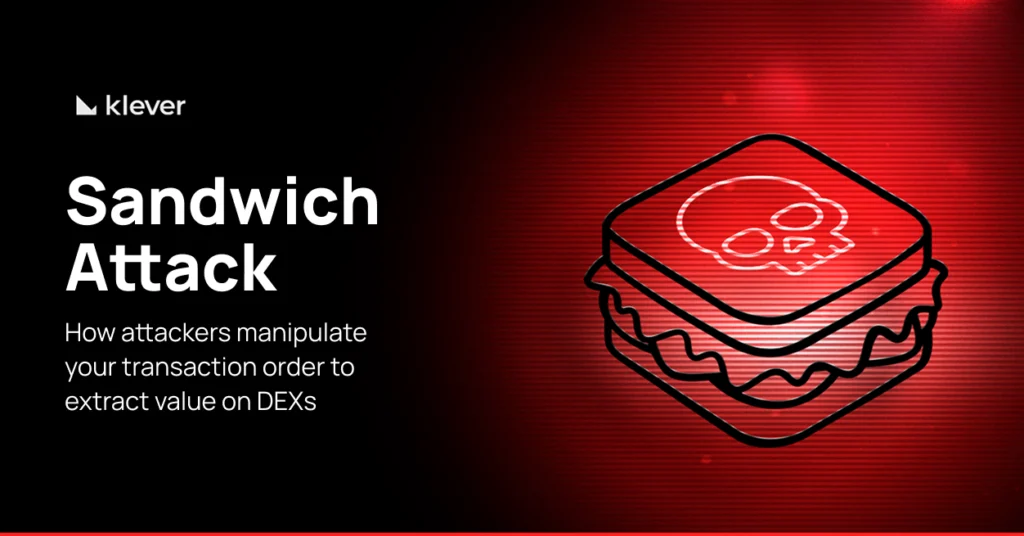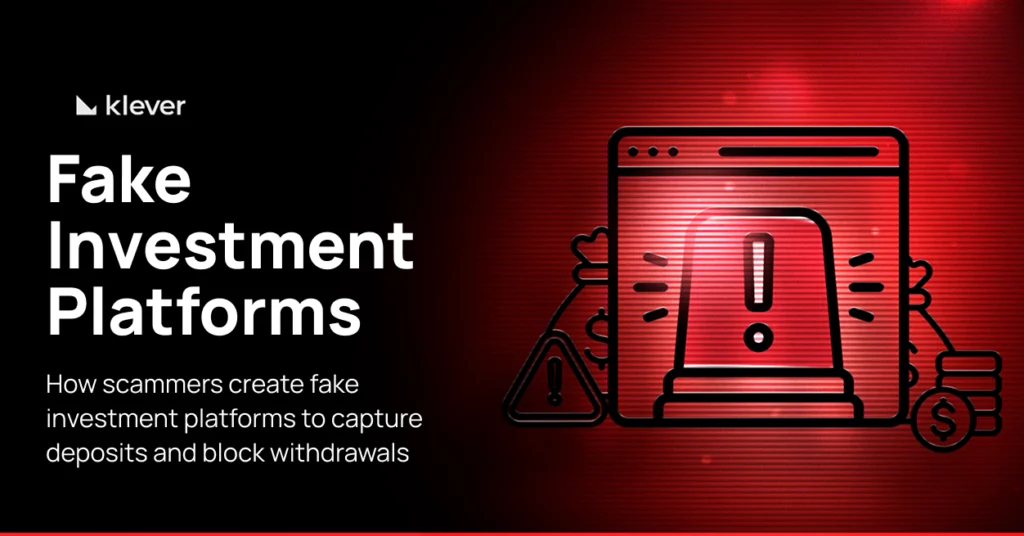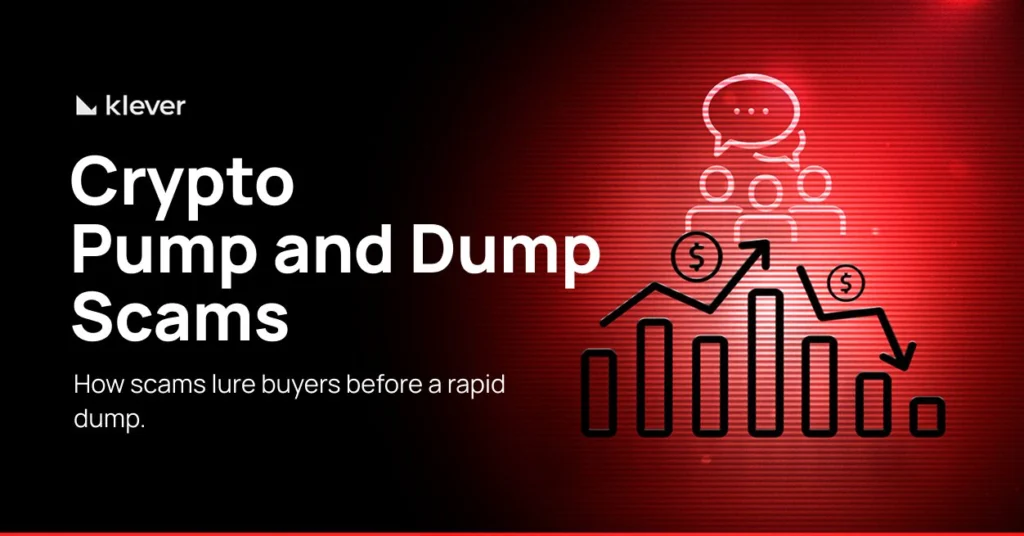
Have you ever seen an unknown cryptocurrency skyrocket in just a few hours, only to crash hard the next day?
That sudden move, which might seem random, is often the result of a scheme known as a pump and dump — a scam that continues to deceive thousands of investors every year.
The mechanism is simple but effective: a group manipulates the market by artificially inflating the price of a token.
Once the asset hits its peak, they sell everything, crash the price, and leave recent buyers at a loss.
In this guide, you’ll learn:
- How the scam is structured in 4 stages
- Why the crypto market is a breeding ground for this kind of fraud
- How to spot warning signs before it’s too late
- The difference between a pump and dump and a rug pull
- How to protect yourself from irreversible losses
- What to do if you’ve been targeted
If you invest, or plan to invest, in cryptocurrencies, this guide is essential to protect your crypto investments.
What Is a Pump and Dump Scam?
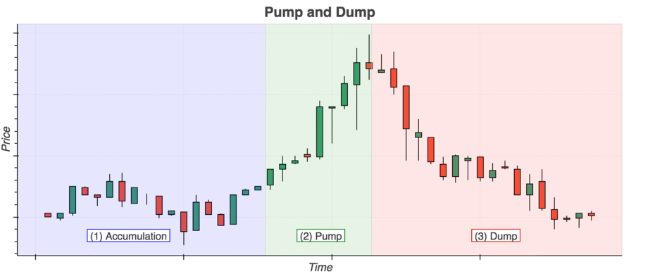
A pump and dump is a type of scam in the cryptocurrency market where the price of an asset is artificially inflated to attract buyers — then suddenly crashes when the manipulators sell off their holdings. This leaves newer investors with significant losses.
How Does a Pump and Dump Work?
The scheme typically follows a 4-step pattern:
1. Token Accumulation: Scammers buy large amounts of a low-liquidity cryptocurrency.
2. Aggressive Promotion: The asset is heavily promoted on social media, forums, or private groups as a “can’t-miss opportunity.”
3. Pump (Artificial Price Surge): The price rises rapidly, drawing in buyers driven by FOMO (fear of missing out).
4. Dump (Sharp Crash): The organizers sell their tokens at the peak, triggering a steep drop in price.
Why Do Pump and Dump Schemes Happen in the Crypto Market?
Pump and dump scams are still common in the crypto space due to a combination of factors, including:
- Low regulation in many countries
- Low-liquidity tokens that are easy to manipulate
- Easy access to mass-promotion tools, like bots and paid influencers
- A high volume of inexperienced new investors
- Viral promotions on social media with no source verification
Difference Between Pump and Dump and Rug Pull
| Feature | Pump and Dump | Rug Pull |
| Type of scam | Price manipulation | Direct theft of funds |
| Who executes it | External investors | Project developers |
| Where it happens | Stocks and tokens | Cryptocurrencies and dApps |
| Strategy | Inflate the price and sell | Remove liquidity or run off with funds |
How to Spot a Pump and Dump
Identifying a pump and dump scheme in crypto requires paying close attention to clear signs of market manipulation.
According to Chainalysis in its 2025 Crypto Crime Report, 3.59% of all tokens launched in 2024 showed patterns consistent with pump-and-dump schemes.
This percentage reflects a significant increase in the absolute number of suspicious tokens: over 74,000 tokens launched in 2024 were flagged as potential scams, marking a 75% increase compared to 2023.
Here Are the Most Common Forms of Pump and Dump:
1. Sudden Price Spikes Without Fundamentals
A rapid price surge — especially in a little-known token with no official news or project updates — is a major red flag.
This spike is often paired with unusually high trading volume that doesn’t match the asset’s historical activity.
Many of these tokens don’t even have a whitepaper, or they present a generic website filled with vague phrases like “revolutionary coin” or “future technology,” without clearly explaining what they actually deliver.
Pro tip: Check if the token has a real purpose: Does it serve a utility? Does it generate fees? Is it integrated with DApps? If not, it’s probably just hype.
2. Unusual Volume in Low-Profile Tokens
One of the clearest signs of a pump and dump scheme in crypto is unusually high trading volume in tokens with low liquidity and little market visibility.
This spike often happens just before the dump — when scammers start offloading their holdings. Artificial liquidity may also be generated by bots, creating the illusion of real interest in the token.
Pro tip: Monitor the liquidity pair (e.g., ETH/token) and the number of unique transactions.
If just a few wallets are handling most of the swaps, the risk is high.
3. Overhyped Promotion with Repetitive Messaging
Fraudulent tokens are often promoted through bots, spam in Telegram groups, recycled comments on X (formerly Twitter), and fake forums designed purely to boost hype.
The language is usually flashy and filled with emojis, using phrases like “about to explode,” “last chance,” or “going to the moon.”
The lack of technical content or a real roadmap is a clear sign that the marketing is superficial — and possibly malicious.
In 2024, the case of the $HAWK token, tied to influencer Hawk Tuah Girl, gained attention after a major price spike was followed by a collapse. The project is currently facing legal action.
Pro tip: Check the project’s official channels. Legitimate projects share technical updates, audit results, development milestones, and event participation.
4. Anonymous Team or Unverified Reputation
Legitimate projects are transparent about their leadership and track record. Scams, on the other hand, hide the people behind them.
A classic example is the “Save the Kids” ($KIDS) token, which had anonymous developers and influencer backing — the project collapsed after clear signs of manipulation.
Pro tip: Always verify these “announcements” on the official website of the exchange or company mentioned.
5. No Whitepaper, Roadmap, or Real Utility
Tokens that appear out of nowhere — with no prior presence on platforms like CoinMarketCap, no Reddit discussions, or no history on data aggregators — should be treated with caution.
Legitimate projects usually go through months (or even years) of development, testing, and funding before going public.
The absence of a roadmap, identifiable team, or active social media channels reveals a lack of transparency. In contrast, trustworthy projects maintain a public track record, share technical updates, and disclose their leadership.
The case of the $PNUT token, which became the subject of a lawsuit in July 2025, highlights how projects without fundamentals are often used in fraudulent schemes.
Pro tip: Use tools like Wayback Machine or the “Overview” tab on Etherscan to check the contract’s age and transaction history.
Real Cases of Pump and Dump
The following cases show how pump and dump scams can unfold quickly — and appear legitimate at first glance.
1. WIRED Memecoin: Hacked Account, Fake Token, and a Dump in 16 Minutes
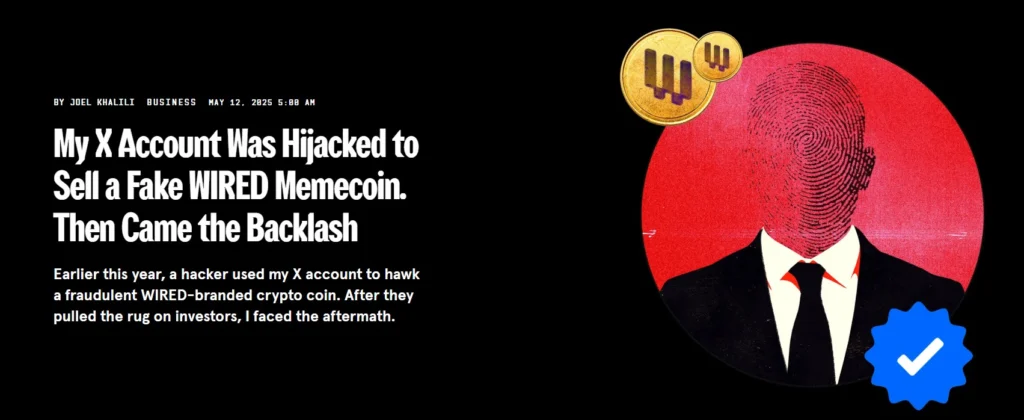
Source: wired.com
In February 2025, the official X (Twitter) account of a journalist from WIRED magazine was hacked to promote a fake memecoin, created through the Pump.Fun platform.
The token was advertised as if it were an official project from the publication.
Key facts:
- Trading volume: $300,000 in just 16 minutes;
- Scammer profit: between $8,000 and $10,000;
- Outcome: token crashed to near zero immediately after the dump;
- Red flag: use of a verified account and sudden, unusual trading volume.
2. $HAWK Token: Viral Pump on Solana Followed by a 95% Crash
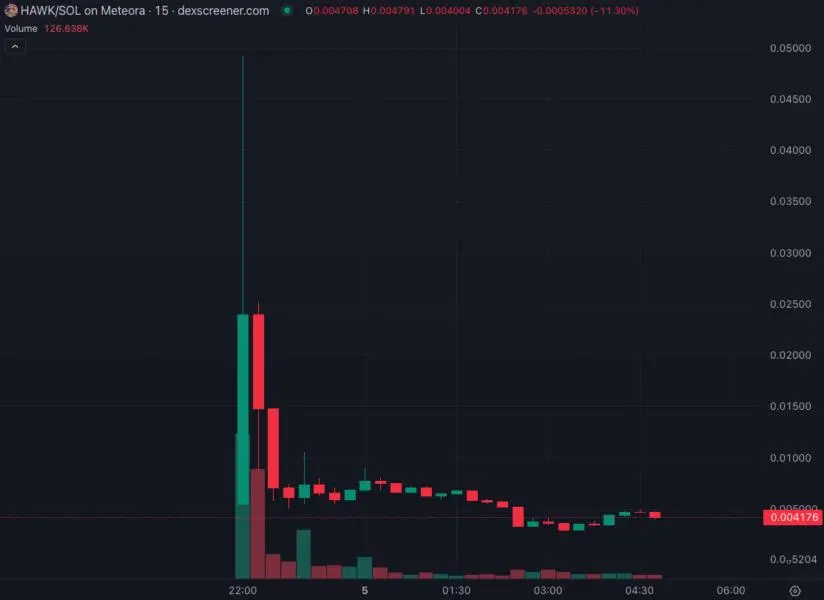
Source: Trading View
Launched in late 2024, the $HAWK token gained major traction on social media. Built on the Solana network, it reached a $500 million market cap before crashing to under $25 million.
The project was accused of manipulation and abandonment.
Key facts:
- Peak market cap: $500 million;
- Post-pump drop: over –95%;
- Warning signs: token concentration, no roadmap, sudden crash;
- Community response: allegations of rug pull and intentional fraud.
3. $TRUMP Memecoin: Political Game in the Crypto Market
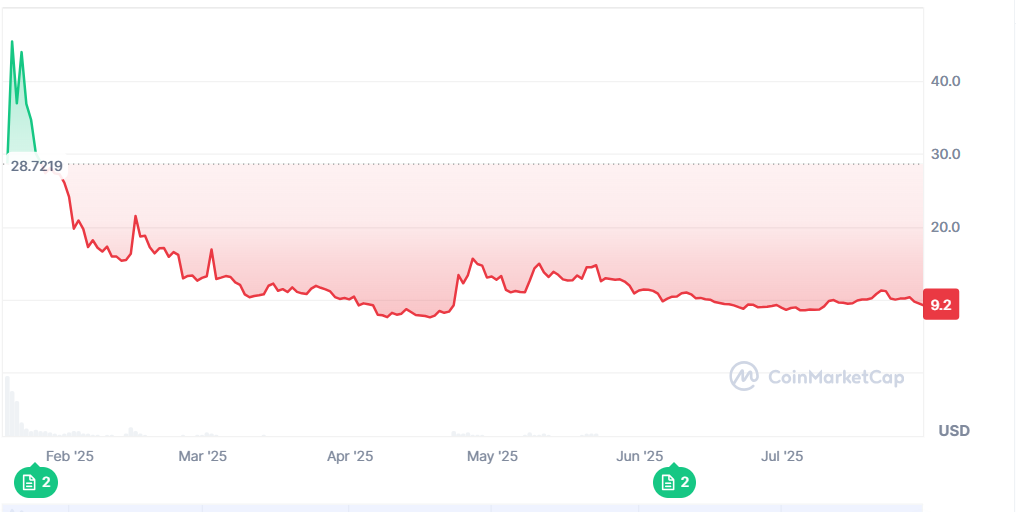
Source: coinmarketcap
The $TRUMP token launched with strong ties to the image of President Donald Trump. This direct association with his name triggered a massive price surge within days.
Despite the initial hype, reports soon emerged of suspicious activity by the token’s own creators. These signs raised concerns about market manipulation, and the price plummeted shortly after its peak.
Unlike traditional frauds, a direct dump by the main token holder hasn’t happened… yet. But the losses suffered by smaller investors, the orchestrated hype, and the concentrated profits reveal that it was, in practice, large-scale financial manipulation.
Key facts:
- The market cap reached an average of $14 to $15 billion;
- Gradual dump led to $4.3 billion in losses;
- Insider-related transactions exceeded $300 million;
- Political hype amplified the risk and obscured fraud warnings.
How to Protect Yourself from Pump and Dump Scams
- Do your research before investing: Check who’s behind the project, where it’s listed, and whether it has real utility.
- Don’t rely on hype alone: Viral posts don’t always mean a project is legitimate.
- Avoid tokens only available on low-liquidity DEXs.
- Track the token’s activity on platforms like CoinMarketCap and CoinGecko.
- Use trusted wallets and, if possible, set stop-loss limits.
And what if, despite all precautions, you fall for a Pump and Dump scam?
- Sell as soon as possible to try to minimize losses.
- Gather all evidence of the scam.
- Report it to the exchange used — they may be able to investigate the scammers’ activity.
- File an official report of the crypto scam: you can report it to organizations such as Interpol or Chainabuse.com (international), FBI / IC3.gov (U.S.).
- Seek legal support and understand your investor rights.
- Assess the impact and strengthen your security measures.
Stay Safe from Pump and Dump Scams
Avoiding pump and dump scams takes more than just caution — it takes preparation. In the crypto market, information is your best defense — but security starts with the tools you use.
Stay away from tokens with overhyped marketing and no technical transparency. Be skeptical of “opportunities” that appear out of nowhere, especially those promising quick gains without a solid foundation.
Protect your investments.
Stay safe. Be Klever.


